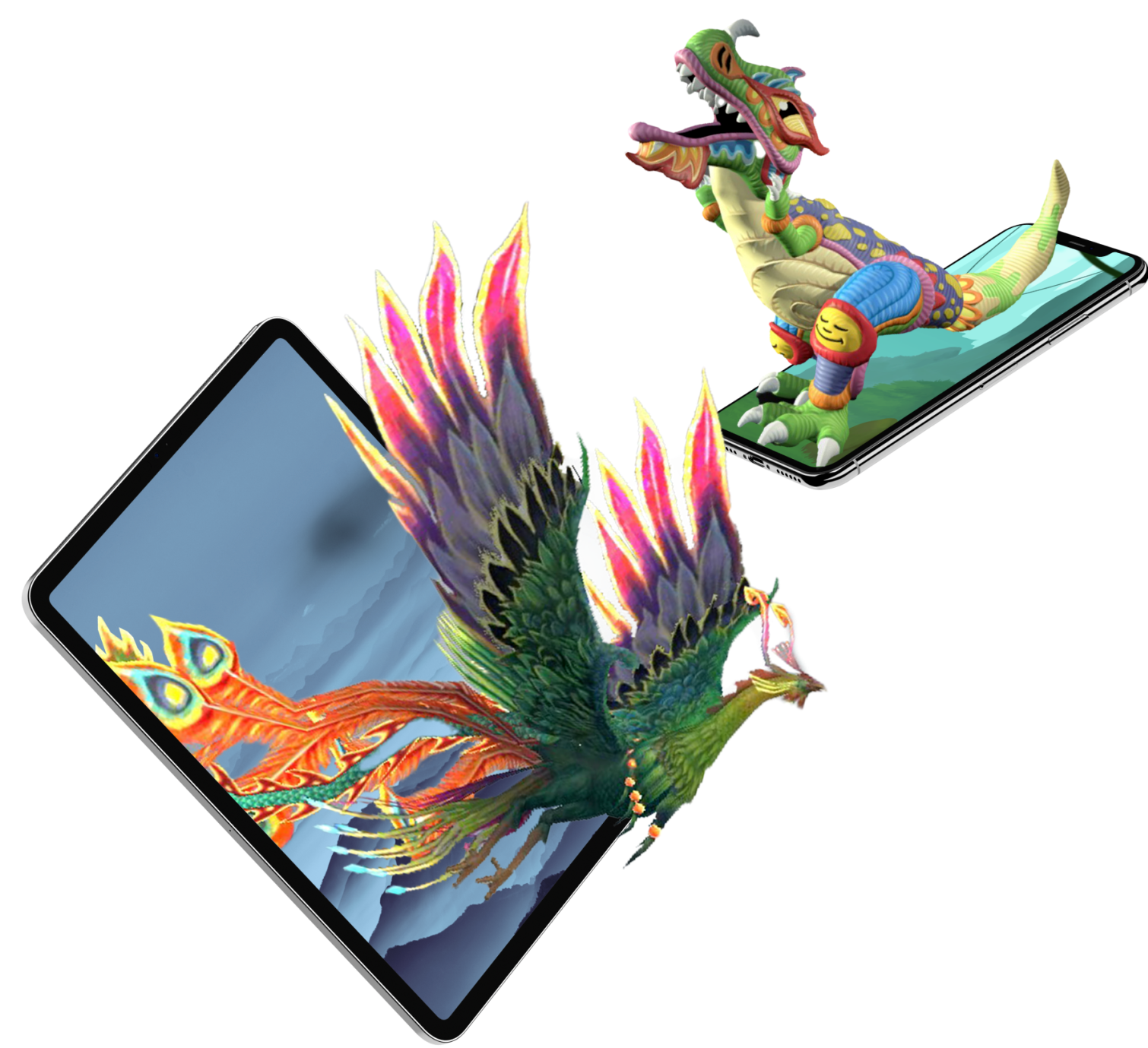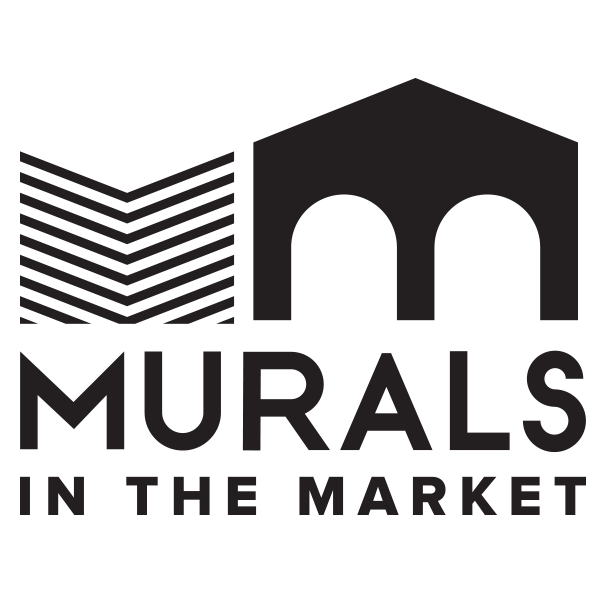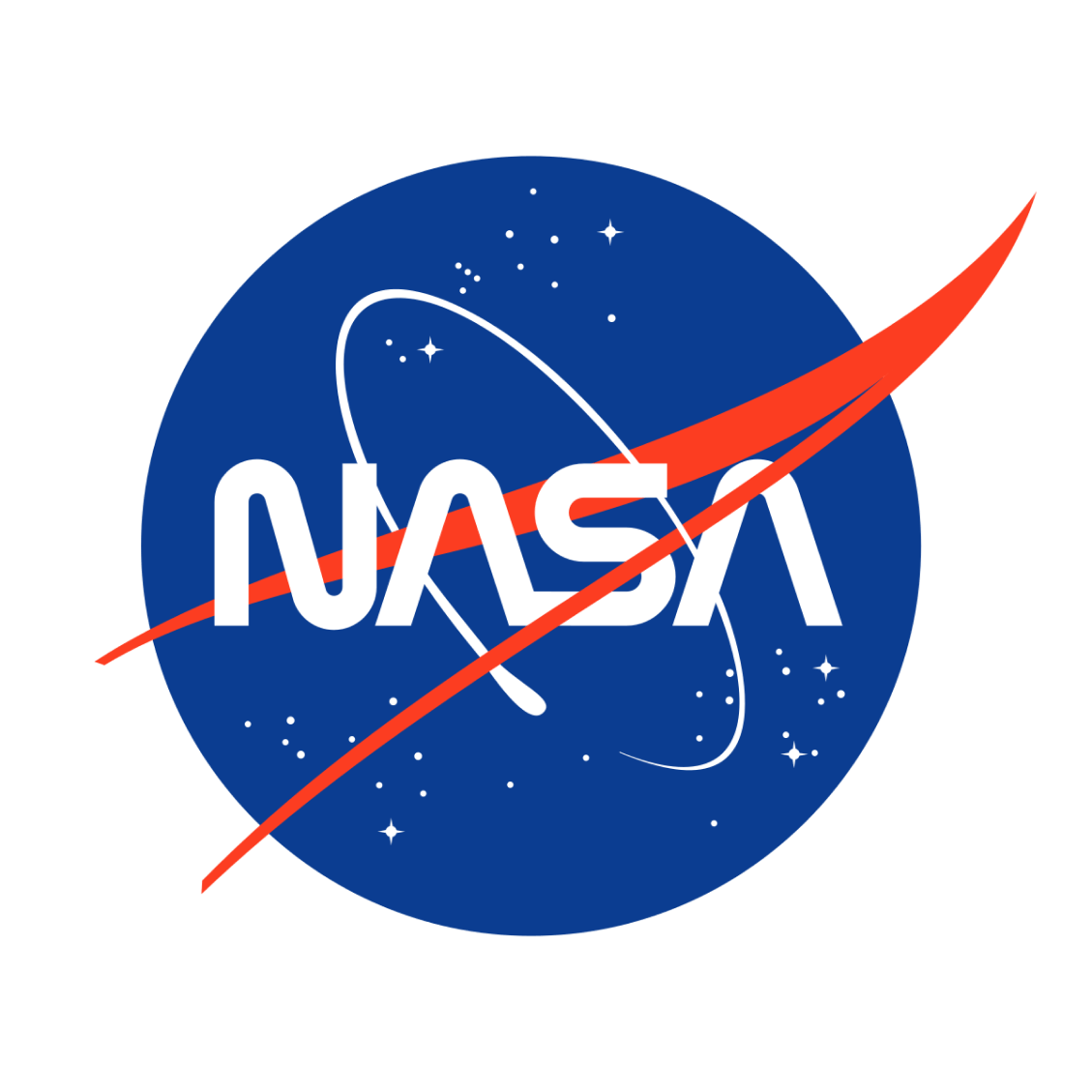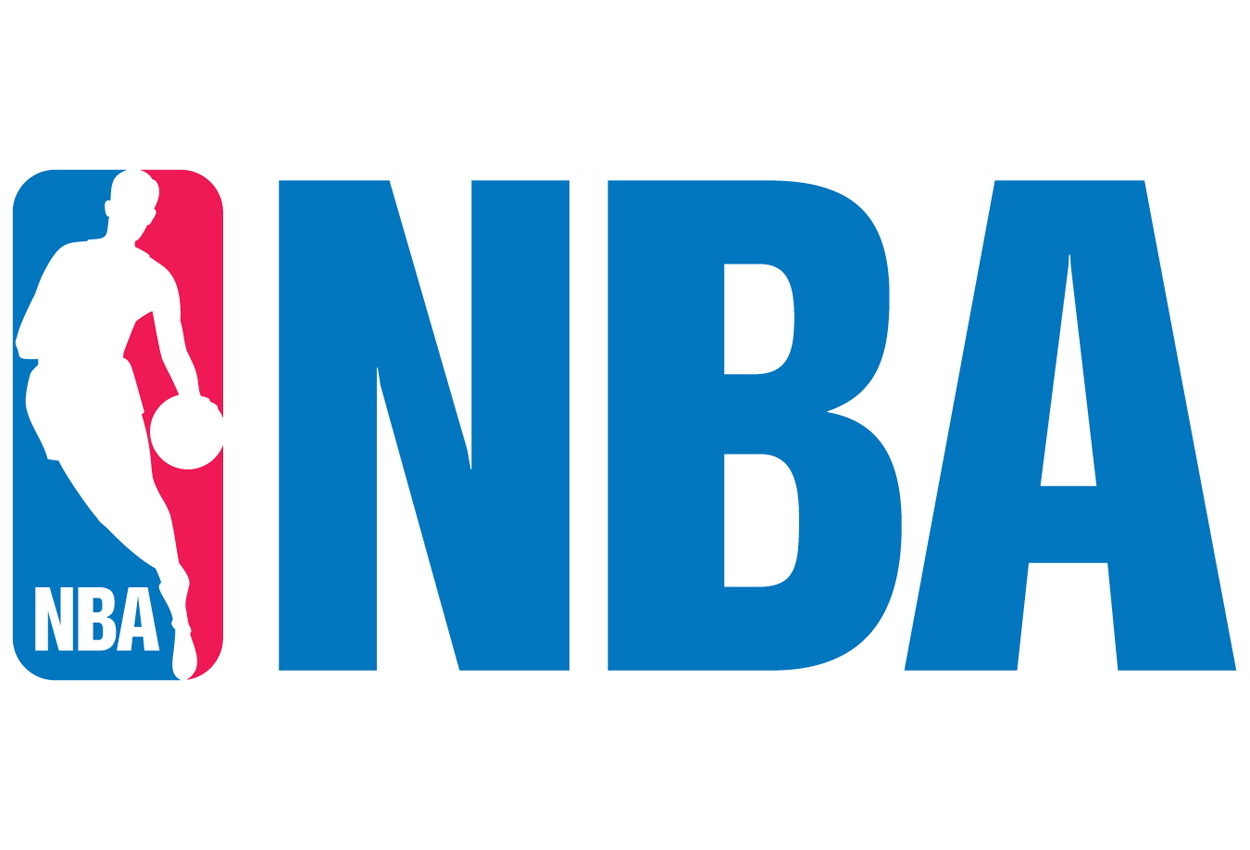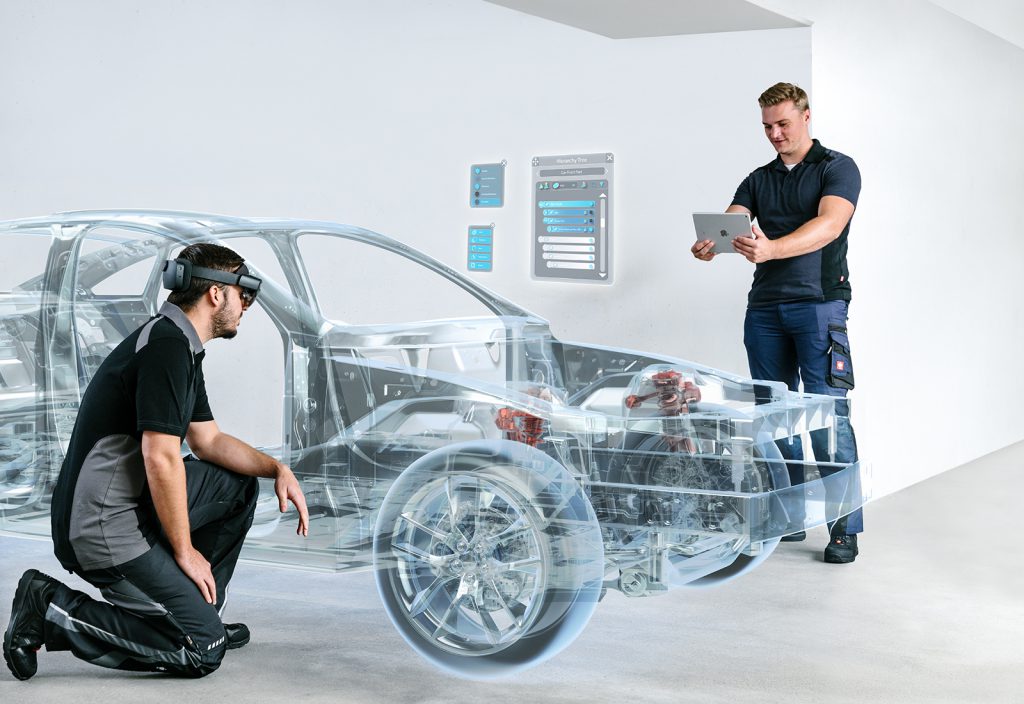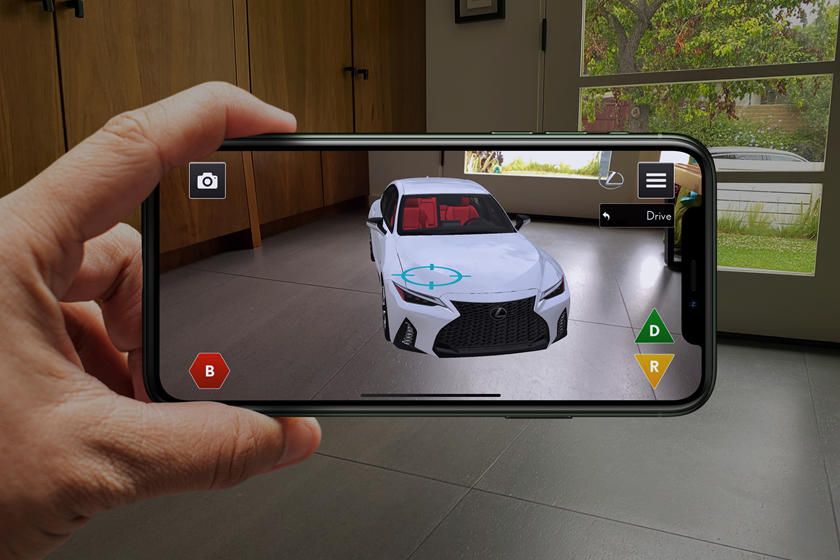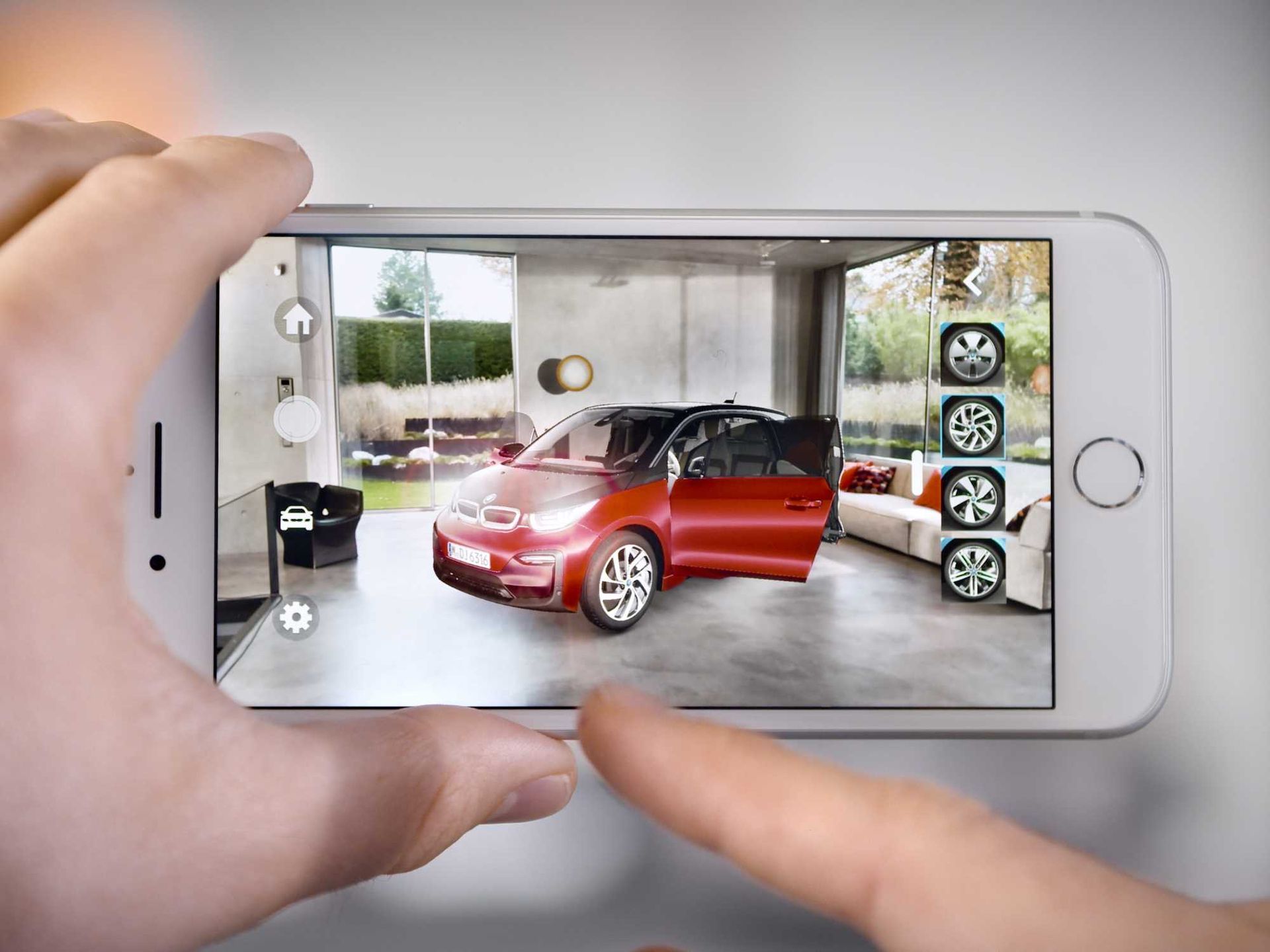Unlocking Innovation in Automotive With Augmented Reality
AR Use Cases for Sales & Marketing in Automotive: Virtual Showrooms, 3D Car Configurator, AR User Manual
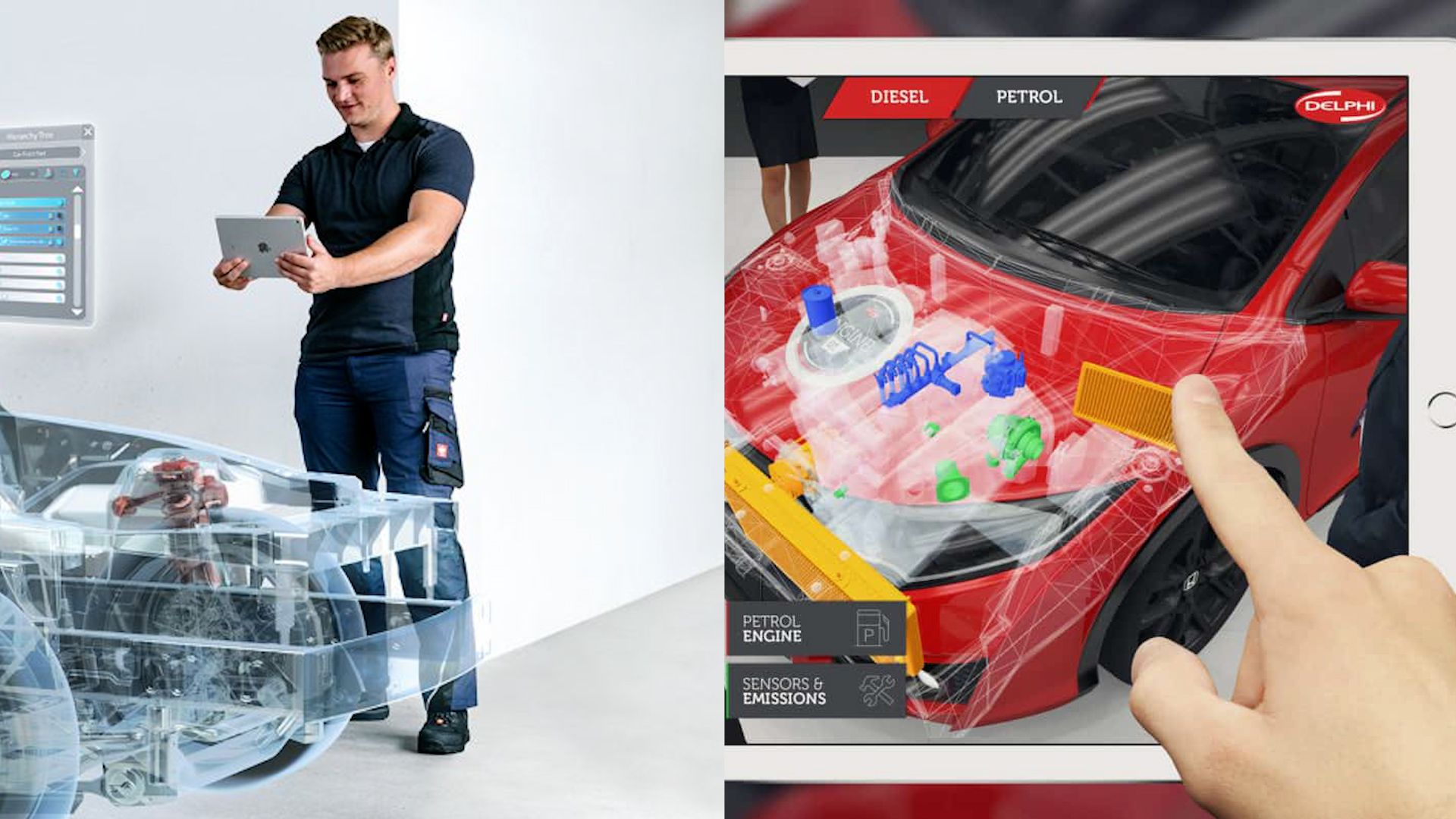
Augmented Reality
in Automotive
The automotive industry is under pressure to innovate and keep up with the latest trends. Consumer demand for new features and technologies is high, and the competition is fierce. To stay ahead of the curve, many automakers are turning to augmented reality to unlock new potential in their businesses like creating better customer experiences.
Using AR to improve the car buying experience for customers
AR can be used to create a better customer experience in the automotive industry. By superimposing digital images and data on top of the real world, AR can provide customers with valuable information about cars, including pricing, options, features, and reviews. This technology can also be used to create interactive test drives, allowing potential customers to digitally get a feel for the car before making a purchase. Ultimately, AR can help customers make more informed decisions about which car to buy, and have a more enjoyable experience during the shopping process.
Porsche is the first in its class to offer an exciting, interactive 3D Augmented Reality app where customers can configure and explore their dream sports car from every angle before making a purchase.
"With our new app, the configuration of a Porsche will be even more of a digital experience," says Oliver Hoffmann, Director Marketing Communications at Porsche. "Now, before making the purchase decision, everyone can virtually park their dream Porsche in their own driveway, marvel at it in their own living room, or show a photo-realistic version to their friends.
Audi is taking a VR approach, the Audi virtual reality showroom is one example that shows the practical use of VR and immersive media in the automotive industry. From the time someone starts researching their chosen vehicle to the moment their purchase leaves the lot, virtual reality can give potential buyers more control than ever without requiring a visit to a brick-and-mortar car lot.
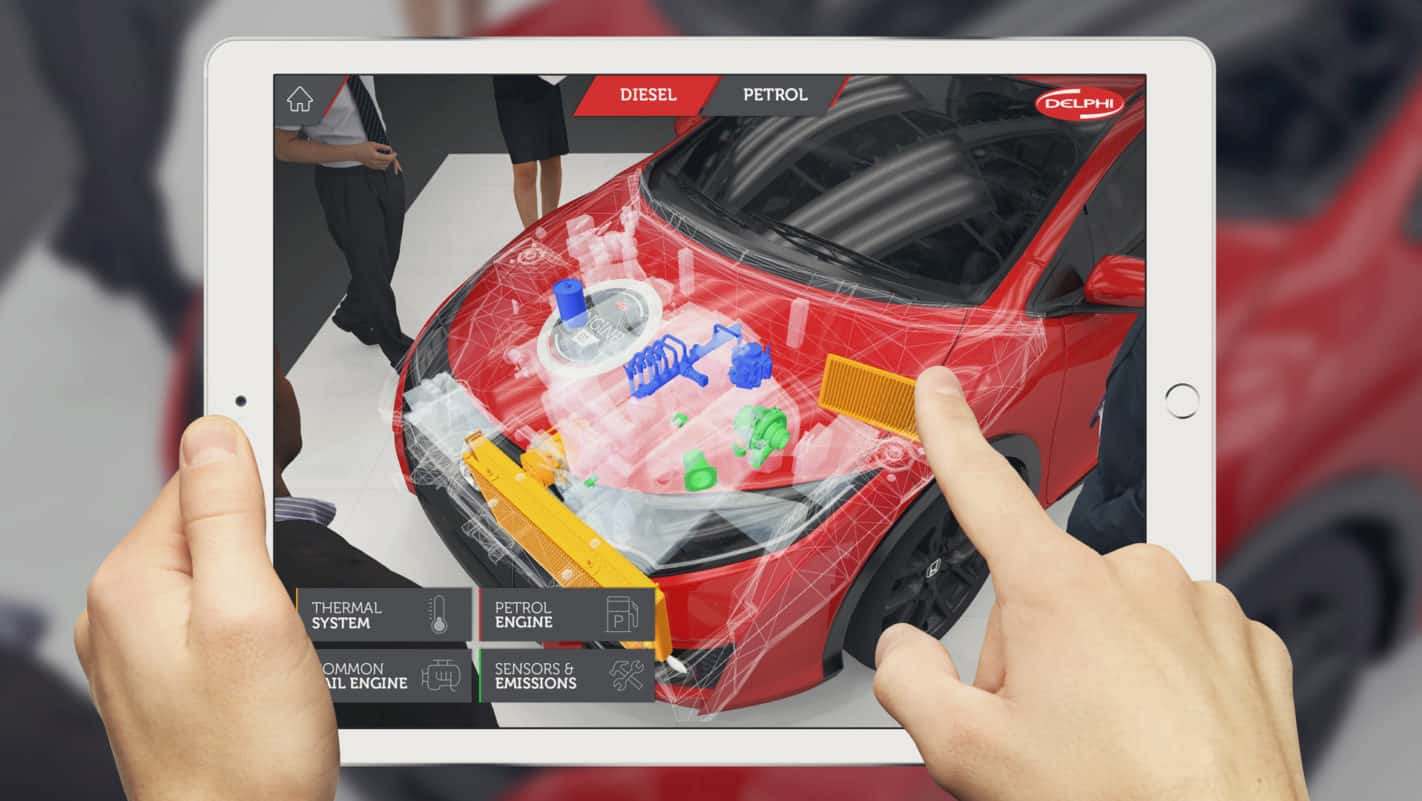
By moving the entire dealership to the digital sphere, the possibilities are endless when it comes to:
- Variety and customization of existing inventory
- Simplicity of placing new orders
- Expanding office space without increasing overhead
- Building a sustainable showroom environment
Digitization is cheaper, more efficient, and often more effective than in-person tactics which provide the same results.
Augmented Reality Use Cases for Sales & Marketing in Automotive:
- Vehicle design and visualization: AR can be used to help designers and engineers visualize and test new vehicle designs. This can be particularly useful for evaluating the appearance and ergonomics of a new design, as well as for identifying potential problems or issues before they arise.
- Customer education and engagement: AR can be used to help educate customers about a particular vehicle or product. For example, an AR app could be used to provide an interactive tour of a vehicle, highlighting its features and capabilities.
- Sales and marketing: AR can be used to enhance the sales and marketing process for vehicles. For example, an AR app could be used to allow customers to virtually test drive a vehicle or to visualize how a vehicle would look with different color options or accessory packages.
- AR User Manual for Vehicle maintenance and repair: AR can be used to provide step-by-step instructions for performing maintenance and repair tasks, allowing car owners to see exactly what needs to be done without having to rely on written instructions or diagrams or mechanics looking to make a quick buck. This can be especially useful for complex tasks or for car newbies who are not familiar with a particular vehicle.
Drive Foot Traffic with Augmented Reality Murals
How It Works
AR can be used to create a better customer experience in the automotive industry. By superimposing digital images and data on top of the real world, AR can provide customers with valuable information about cars, including pricing, options, features, and reviews.
Ready to talk to an AR automotive expert?
01
Discover
A Creative Director will work with you on vision & visual targets, short-term and long-term goals.
02
Design/Develop
Working with our internal partners, we start to plan out how the experience will work with the technology and platforms’ requirements.
03
Test
This stage is all about making sure the experience meets the Goals & KPIs and is working as intended without any breaking issues. Internal testing is done during this phase.
04
Publish
This stage is all about getting the client’s final approval of the experience. Client provides confirmation they are happy with the final output and ready to proceed.
